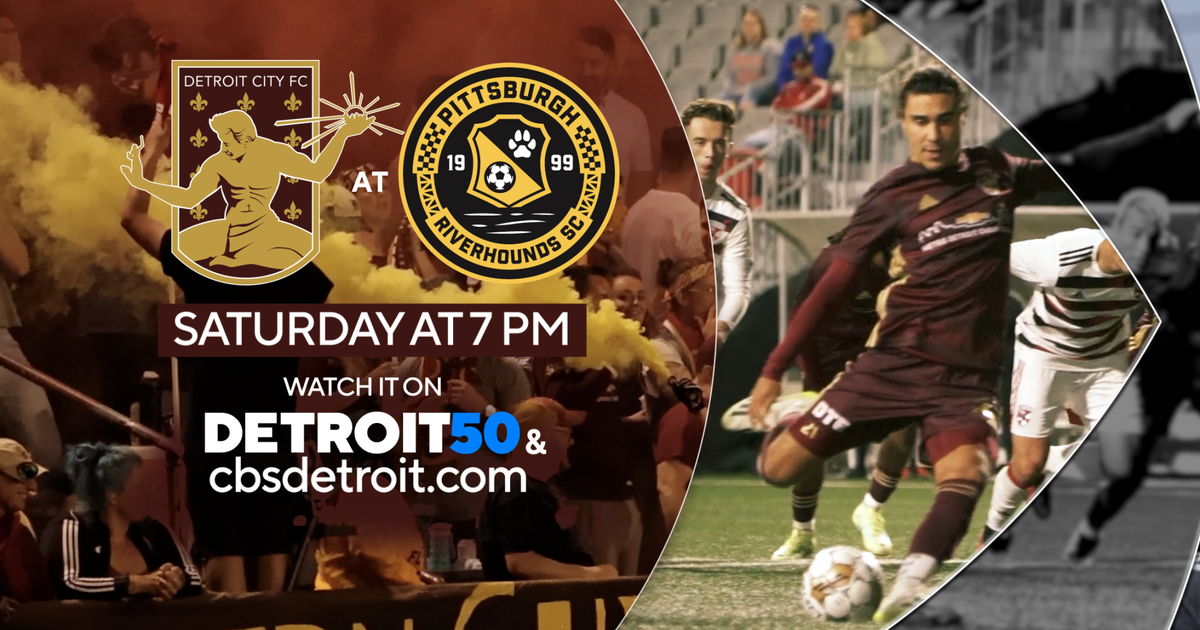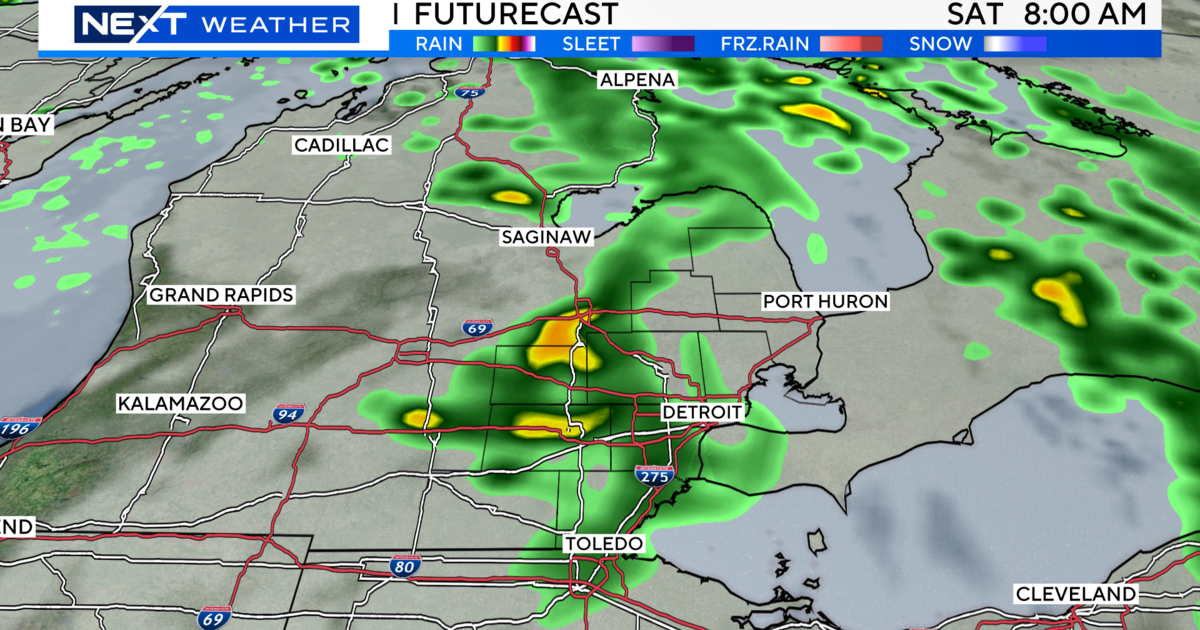Science of Weather: Cold air and tire pressure
(CBS DETROIT) - It's getting colder, and during the chilly months, have you ever jumped into your car, turned it on, and noticed the low tire light was activated? If so, you're not alone, as there's a correlation between tire pressure and cold temperatures.
NEXT Weather Meteorologist Kylee Miller explains why.
Every vehicle is unique, and the pressure systems will be different based on make and model. Some vehicles may not have a tire monitoring system. If you look on the driver's side door, there's typically a placard showing the recommended tire pressure.
It's best practice to have a tire pressure gauge that you can put on the valve stem, and it will let you know where your tire pressure is so you can adjust it accordingly.
Now, there is a scientific reason for temperatures impacting tire pressure. It all starts with the ideal gas law.
Here's the equation: PV=nRT. P stands for pressure. V is volume. N is the amount of substance. R represents the ideal gas constant., and T equals temperature.
Cold air is more dense, so molecules have less energy at lower temperatures. When air cools, it contracts, leading to less force in your tires.
Findings have shown for about every 10-degree temperature drop, a tire will lose roughly 1 to 2 pounds per square inch.
If you don't fill your tires to the proper psi, there could be consequences, like decreasing fuel economy. More wear and tear on your tires and overall create a poor performance on how the car runs.
For the best drive, check your tires regularly, especially when you hear your NEXT Weather team calling for cold conditions. Stay safe this winter season.




